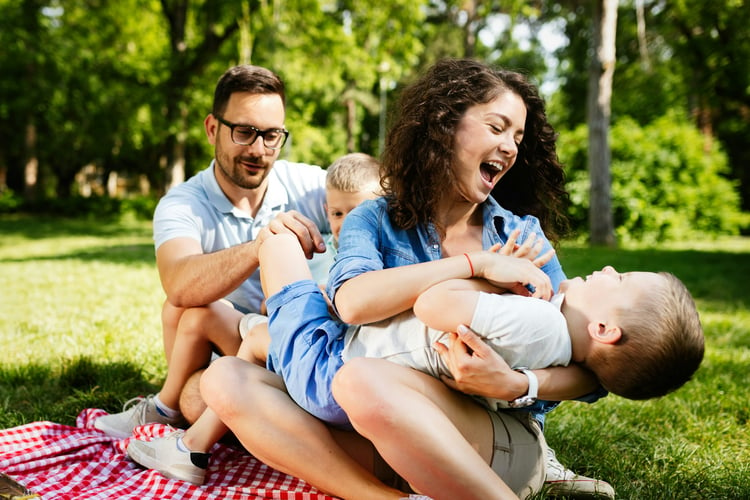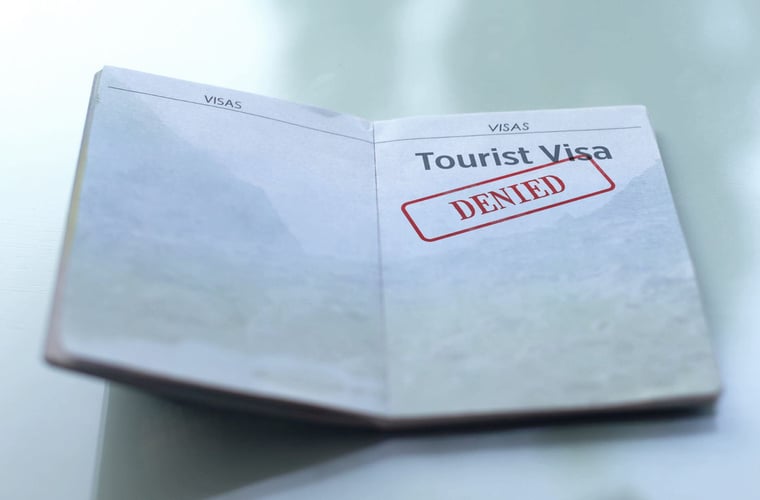
Sometimes, the only way to stop harm is by standing up to it through the courts. That’s where civil litigation tied to rights issues can make a difference. When people experience discrimination or abuse that affects not just them but others in similar situations, it becomes more than a private matter. With the help of an impact litigation attorney, those individual stories can inform important legal action that holds systems accountable and sparks change.
This kind of litigation isn’t about one person’s inconvenience. It’s about challenging policies or practices that continue to harm communities. In cities like Denver, where access to justice can feel uneven, understanding when to use civil litigation gives people a stronger way to speak for themselves, and sometimes, for many others too.
What Is Impact Litigation?
Impact litigation isn’t just about resolving a grievance. It’s legal work that focuses on broader change. Unlike standard lawsuits that address harm between two parties, impact cases look at how groups—whether defined by identity, income, or access—are affected by official actions or policies.
Say someone is denied housing repeatedly based on where they immigrated from, and others in their community have shared similar stories. That kind of pushback can be more than unlawful discrimination. It might show a pattern that deserves attention through the courts. When one person shares their story through a case like this, it can bring light to a larger issue that many face but few speak about.
The idea is to create a ripple—where a court decision doesn’t just correct one situation but changes the way an entire institution works. That’s what makes this type of litigation different. It isn’t always fast, but it can lead to long-term rules or protections that didn’t exist before.
Novo Legal’s attorneys regularly handle civil rights cases that have the potential to influence policy, particularly when the underlying issue impacts large groups or entire communities.
Common Rights Violations That May Lead to Civil Litigation
It’s sometimes hard to know when something rises to the level of civil rights litigation. But if the problem keeps showing up in ways that affect more than one person, that’s often a signal that further steps may help.
Here are a few examples:
- Law enforcement overreach or misconduct, such as repeated traffic stops in specific neighborhoods or force used unfairly during arrests
- Housing discrimination that blocks access to safe living spaces based on race, disability, or immigration status
- Unequal treatment at school or work based on gender, religion, or national origin
These situations can feel personal and also painfully familiar to others. That connection is at the heart of many civil rights lawsuits. Patterns matter. When people in different places tell nearly identical stories of unjust treatment, those patterns point to a system failure—one that might need to be addressed through law, not just conversation.
How an Impact Litigation Attorney Evaluates a Case
Not every rights violation becomes a lawsuit, and not every lawsuit has the potential to result in change beyond the people involved. That’s why lawyers spend time looking closely at each situation.
An impact litigation attorney starts by looking for a wrong that’s more than a one-time mistake. They ask questions like: Has this happened many times? Could others be in the same position? Is a law or rule helping keep that harm in place? When a no becomes a trend, or when one group is always left out or treated differently, it may point to the kind of issue that goes beyond one person’s story.
Lawyers also look for strong evidence. That might come from paperwork, personal stories, or support from community leaders. Sometimes they involve partner organizations that have seen similar harm play out across schools, homes, or workplaces. Pulling these pieces together helps build a case that doesn’t just prove injury—it shows the deeper structures behind it.
Novo Legal works alongside community organizations and uses broad support, real documentation, and partnerships to build cases that are strong enough to push for lasting policy change.
Timing and Context: When to Take Legal Action
Knowing when to act matters, especially in a city like Denver where public resources, winter weather, and the court calendar all shape how long things take. As November moves into late fall, colder months can slow down workflows for courts and other government agencies. That doesn’t mean action has to stop—it just means planning becomes even more important.
If the harm just happened, memories are fresh, and documentation is easier to gather. If something is tied to a policy change or seasonal pattern, like housing issues that spike as temperatures drop, then connecting specific outcomes to those factors can strengthen a case. The right moment for legal action is often when the harm becomes clear and the public consequences are louder than one person’s experience.
Urgency plays a role here too. If a policy is actively hurting people during a limited season—creating risk for students, renters, or patients—then waiting three more months might make the harm worse. At the same time, legal deadlines and backlogged dockets mean some steps need to happen early if there’s any hope of reaching long-term solutions.
Timing becomes a mix of strategy and awareness. Acting too soon might mean missing needed facts. Acting too late can make it harder to prove harm or get a court to listen at all.
Moving from Harm to Accountability
People don’t always come forward expecting their case to change the system. Most just want the harm to stop. But when their stories connect to larger patterns, and when evidence shows deep imbalance, legal action can amplify that pain in a way that’s hard to ignore.
Civil litigation tied to rights issues gives everyday people a path to more than a settlement. It can lead to new policies, new protections, and fewer reasons for others to suffer the same way. Often, the strength of these cases comes from the community—people willing to speak, lawyers willing to listen carefully, and moments that push all of us to ask different questions about what fairness should look like.
Legal action is just one tool. But when used at the right time, for the right reasons, it can help turn individual stories into something louder. Something clearer. Something that forces serious change. And that matters—even when progress feels slow.
Patterns of harm don’t always make headlines, but they can leave lasting damage in Denver communities. Working with an impact litigation attorney can be one way to challenge unjust systems and push for something better. At Novo Legal, we stand with people who want to use the law to demand fairness when it's been ignored for too long.



